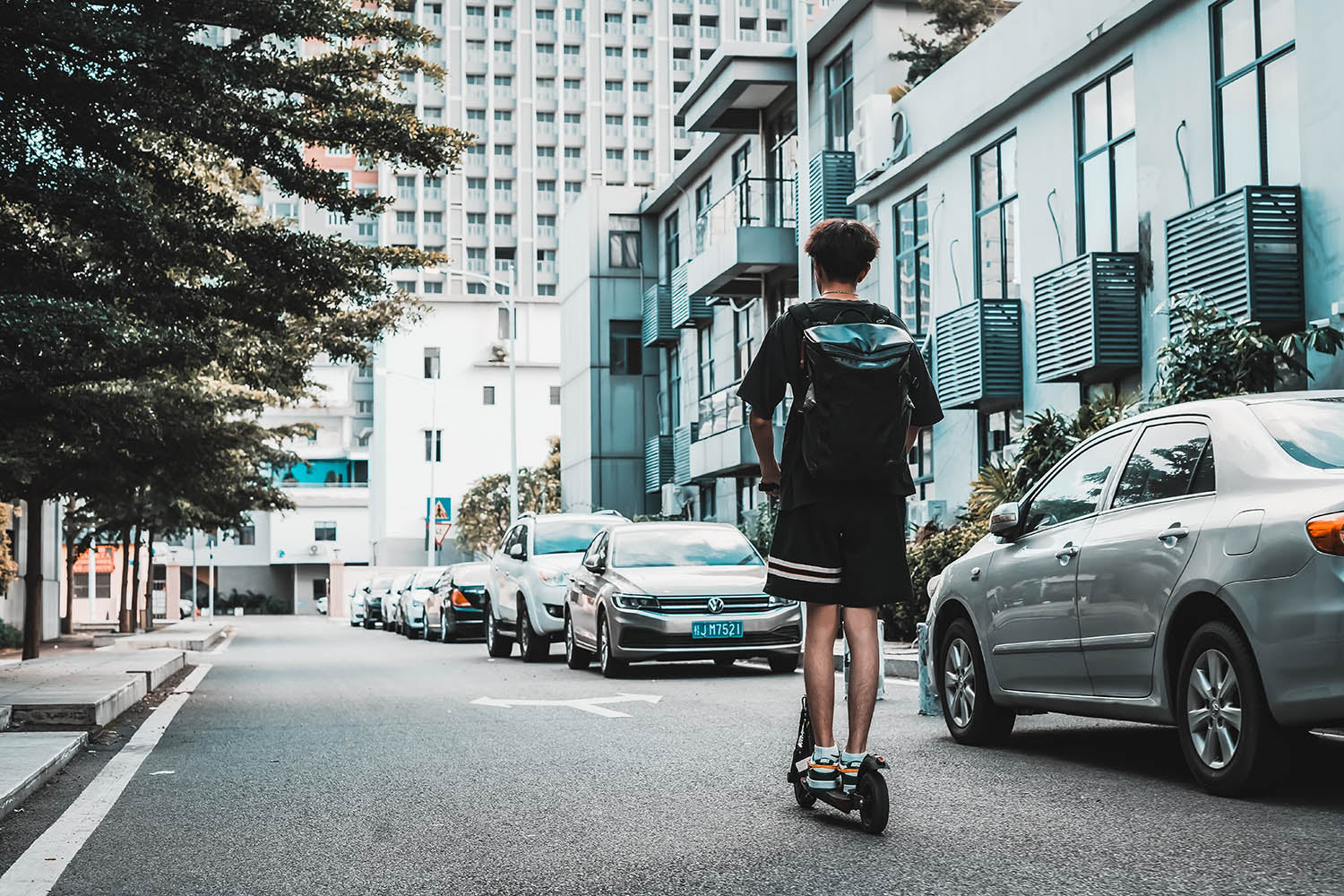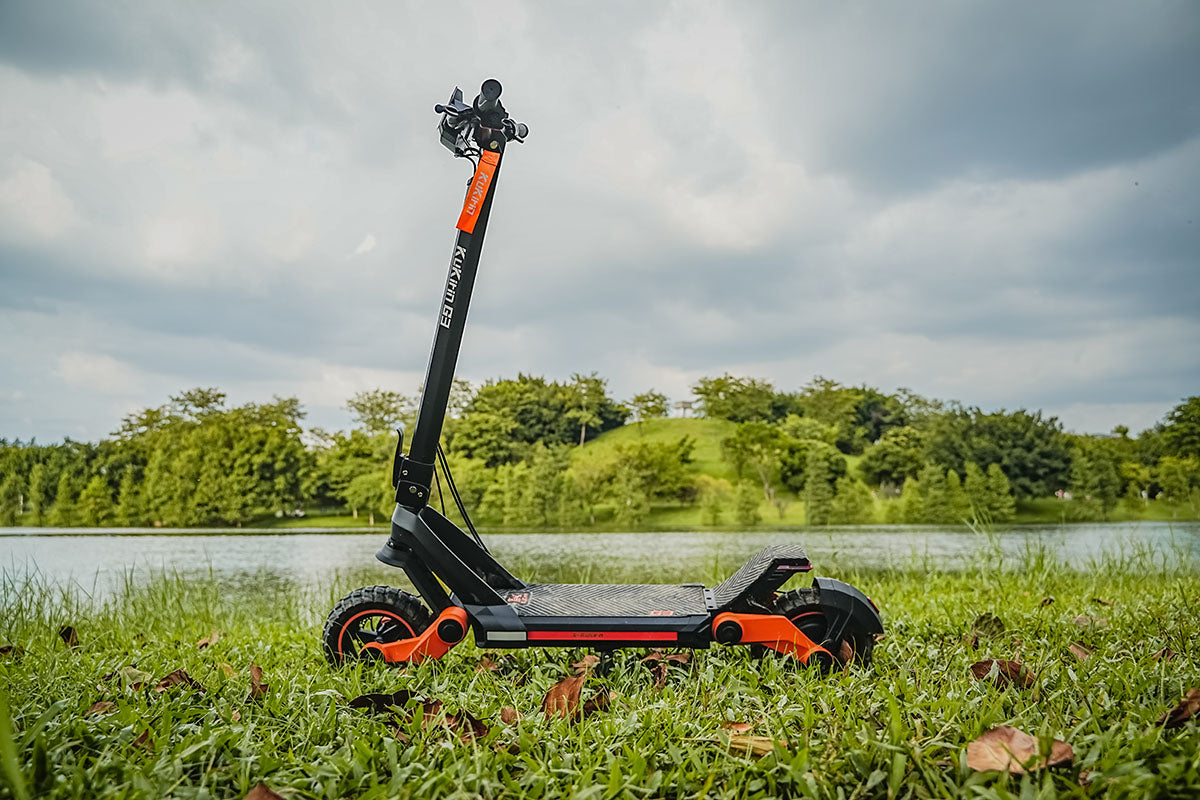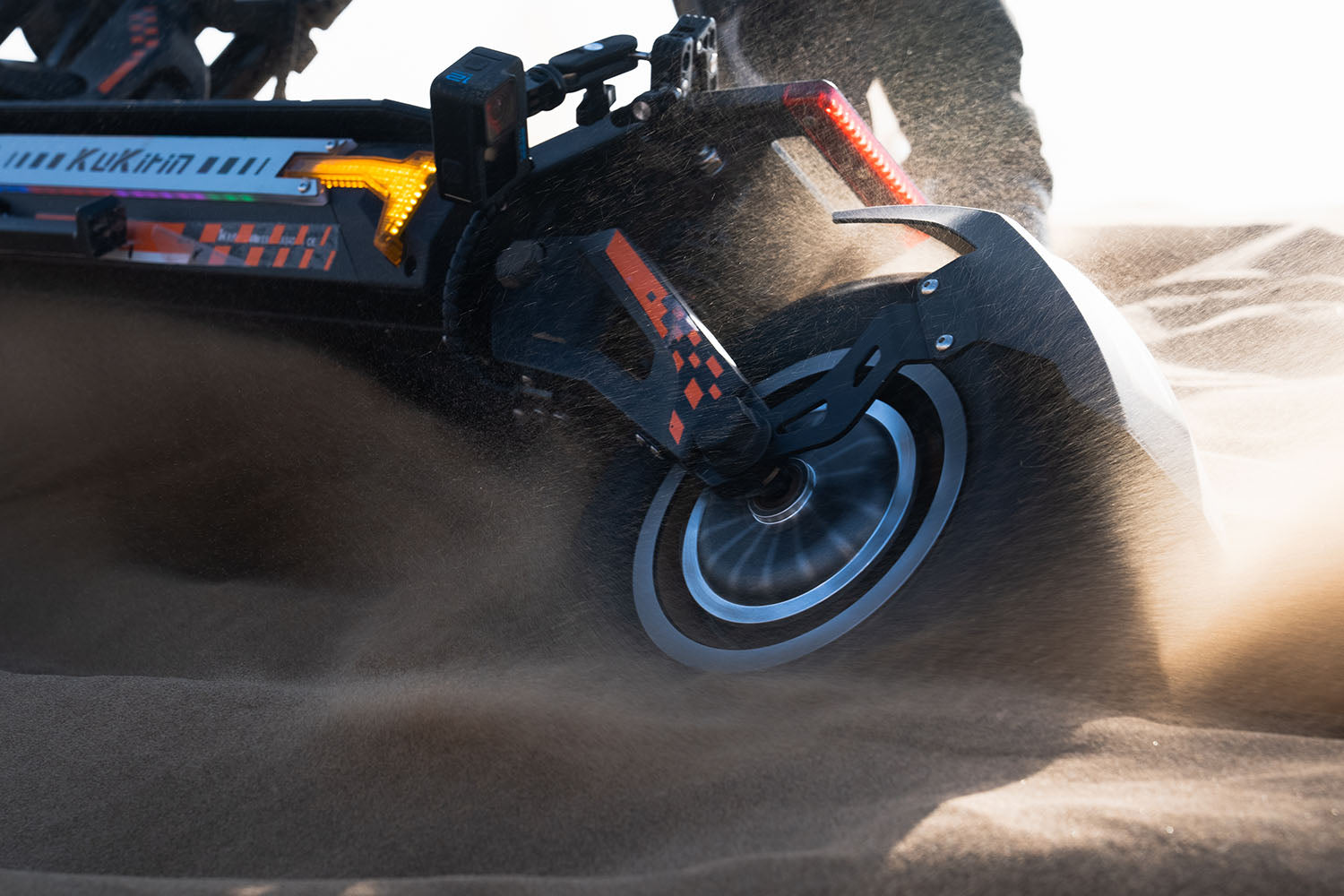When purchasing a scooter, we often consider its design, power, suspension, and battery capacity. However, we X-HOOK believe that the actual battery life has the most significant impact on the user experience after purchase.
Different battery lives can lead to entirely different experiences:
- For a scooter advertised to last 30KM, the battery capacity is approximately 7-10Ah. In practice, it may only reach about 22-24KM. This means you might need to charge it daily or every other day, especially if you plan to travel further and want to avoid being stranded.
- A scooter advertised with a 50KM range typically has a 13-15Ah battery. The actual range might be around 40-45KM. For this level of scooter, if your daily commute is within 5KM, you could charge it once a week. For commutes close to 10KM, charging every three days is common. We suggest charging every 2-3 days if your commute is long, taking up 25%-30% of the total range, to avoid range anxiety and allow for detours, like visiting a favorite bakery.
- For scooters advertised to exceed 70KM, the battery capacity is usually more than 20Ah. Such a battery size can last a week on a single charge. It’s recommended to charge when the gauge shows 20-30% remaining, not just when it hits the low 10% warning. A 20Ah battery typically takes 8-10 hours to charge fully. We recommend opting for a larger battery version for long-term use, as it offers a completely different experience. Most people commute 5-10KM, and a larger battery eliminates constant worries about battery life and reduces range anxiety.
Why does “a scooter advertised to last 60KM only run for 45KM”?
The advertised range is usually based on mid-range speed on flat terrain for optimal battery life. For example, a scooter with speeds of 15KM/H, 30KM/H, 45KM/H can reach 60KM at a continuous 30KM/H. Motors are generally most energy-efficient at mid-range speeds. At top speeds of 45KM/H, the motor consumes significantly more power.
In daily commuting, ideal conditions are rare. Accelerating after stopping at traffic lights, climbing hills, and frequent speed changes all consume more power than steady riding. Individual commuting environments, personal weight, and total load vary, leading to different outcomes. From our experience, 80% of the advertised range is a realistic expectation for actual use. If a full charge lasts less than 50% of the advertised range, it likely indicates a battery or charging module issue. Contact us during the warranty period for a battery replacement or a new scooter. If post-warranty, we offer nearly cost-price battery replacement services for X-HOOK fans.
Understanding Battery-Related Parameters:
How is the total battery capacity calculated?
The total battery capacity = Voltage x Discharge Capacity
For example, a 48V 15Ah scooter battery has a total capacity of: 48V×15Ah=720Wh
Which battery parameter is related to range?
The “15Ah” generally suffices, representing the battery capacity unit and indicating the scooter/bicycle’s range level.
Consider these two scooters for a better understanding:
One has a 36V 15Ah battery, totaling 540Wh with a 350W motor.
The other has a 48V 15Ah battery, totaling 720Wh with a 500W motor.
Although the second scooter has 30% more energy, its higher-rated motor consumes more power during acceleration and cruising, possibly resulting in similar total riding times for both scooters. The average speed during riding time, often determines the range. Of course, there are rare cases of large batteries paired with smaller motors, but these are uncommon and not cost-effective.
Given the complexity of real-world conditions, we recommend using the “Ah” unit and the manufacturer’s advertised ideal range to determine if a model meets your actual needs.




